Amit M. Joshi
Novel EEG based Schizophrenia Detection with IoMT Framework for Smart Healthcare
Nov 19, 2021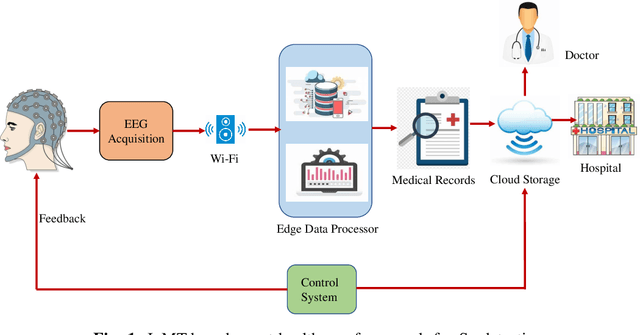
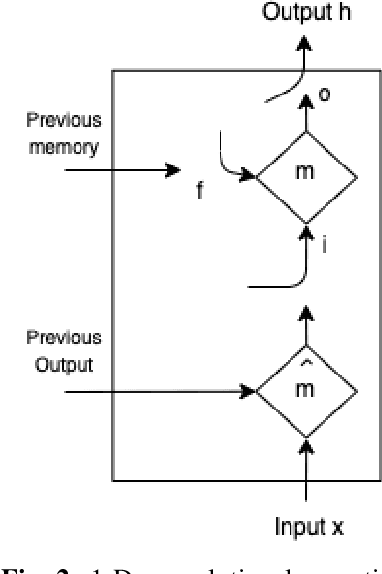
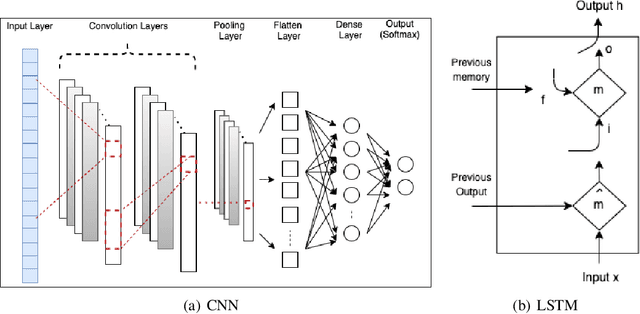
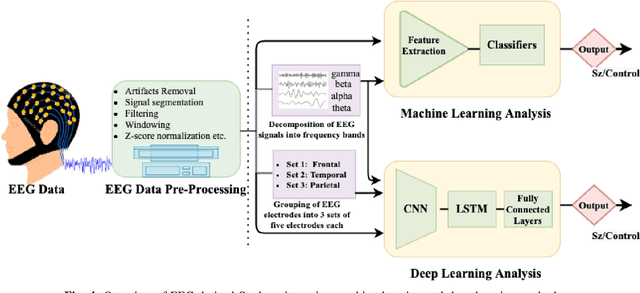
Abstract:In the field of neuroscience, Brain activity analysis is always considered as an important area. Schizophrenia(Sz) is a brain disorder that severely affects the thinking, behaviour, and feelings of people all around the world. Electroencephalography (EEG) is proved to be an efficient biomarker in Sz detection. EEG is a non-linear time-seriesi signal and utilizing it for investigation is rather crucial due to its non-linear structure. This paper aims to improve the performance of EEG based Sz detection using a deep learning approach. A novel hybrid deep learning model known as SzHNN (Schizophrenia Hybrid Neural Network), a combination of Convolutional Neural Networks (CNN) and Long Short-Term Memory (LSTM) has been proposed. CNN network is used for local feature extraction and LSTM has been utilized for classification. The proposed model has been compared with CNN only, LSTM only, and machine learning-based models. All the models have been evaluated on two different datasets wherein Dataset 1 consists of 19 subjects and Dataset 2 consists of 16 subjects. Several experiments have been conducted for the same using various parametric settings on different frequency bands and using different sets of electrodes on the scalp. Based on all the experiments, it is evident that the proposed hybrid model (SzHNN) provides the highest classification accuracy of 99.9% in comparison to other existing models. The proposed model overcomes the influence of different frequency bands and even showed a much better accuracy of 91% with only 5 electrodes. The proposed model is also evaluated on the Internet of Medical Things (IoMT) framework for smart healthcare and remote monitoring applications.
Novel Time Domain Based Upper-Limb Prosthesis Control using Incremental Learning Approach
Aug 25, 2021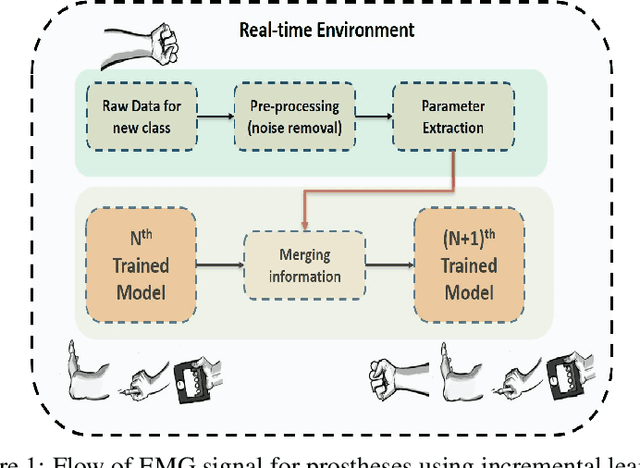

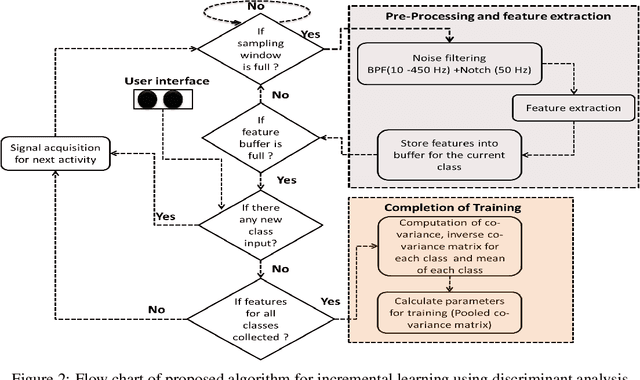
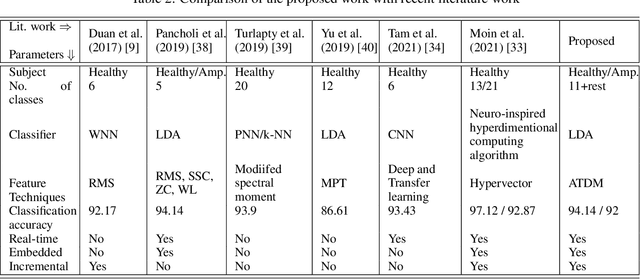
Abstract:The upper limb of the body is a vital for various kind of activities for human. The complete or partial loss of the upper limb would lead to a significant impact on daily activities of the amputees. EMG carries important information of human physique which helps to decode the various functionalities of human arm. EMG signal based bionics and prosthesis have gained huge research attention over the past decade. Conventional EMG-PR based prosthesis struggles to give accurate performance due to off-line training used and incapability to compensate for electrode position shift and change in arm position. This work proposes online training and incremental learning based system for upper limb prosthetic application. This system consists of ADS1298 as AFE (analog front end) and a 32 bit arm cortex-m4 processor for DSP (digital signal processing). The system has been tested for both intact and amputated subjects. Time derivative moment based features have been implemented and utilized for effective pattern classification. Initially, system have been trained for four classes using the on-line training process later on the number of classes have been incremented on user demand till eleven, and system performance has been evaluated. The system yielded a completion rate of 100% for healthy and amputated subjects when four motions have been considered. Further 94.33% and 92% completion rate have been showcased by the system when the number of classes increased to eleven for healthy and amputees respectively. The motion efficacy test is also evaluated for all the subjects. The highest efficacy rate of 91.23% and 88.64% are observed for intact and amputated subjects respectively.
Classification of Upper Arm Movements from EEG signals using Machine Learning with ICA Analysis
Jul 18, 2021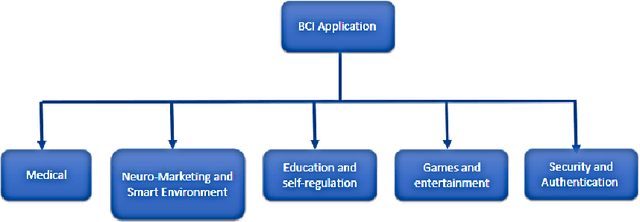
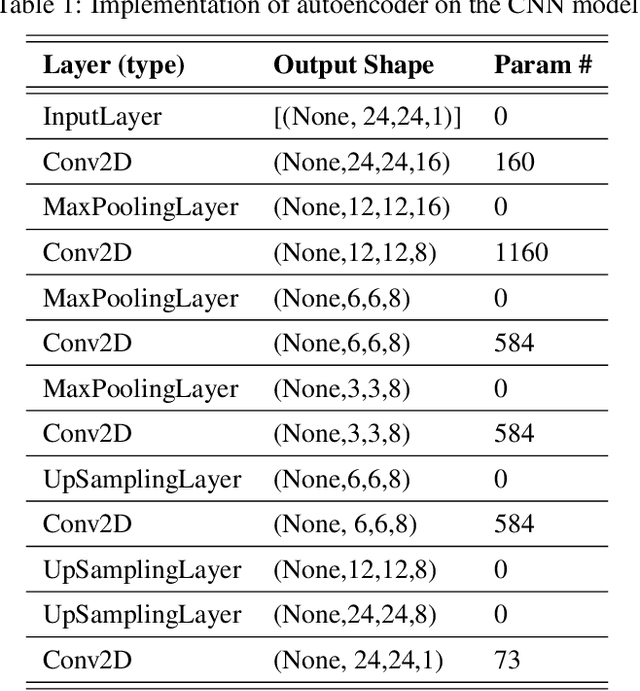
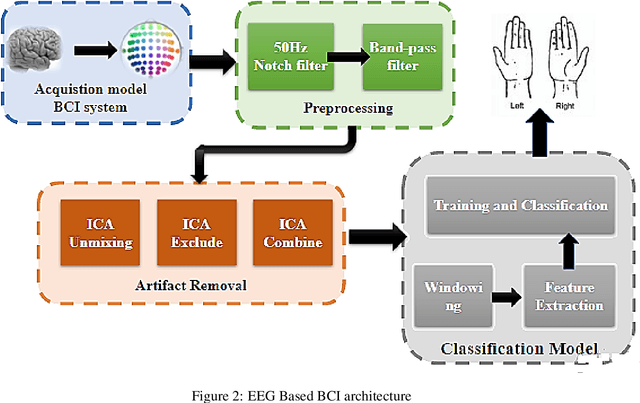
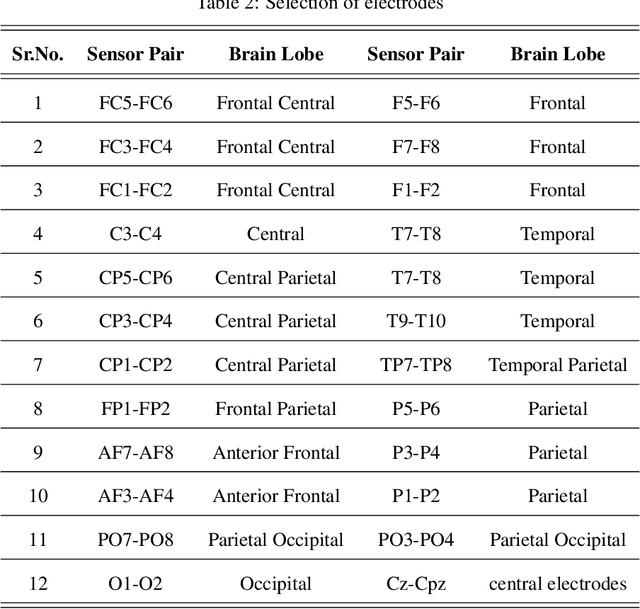
Abstract:The Brain-Computer Interface system is a profoundly developing area of experimentation for Motor activities which plays vital role in decoding cognitive activities. Classification of Cognitive-Motor Imagery activities from EEG signals is a critical task. Hence proposed a unique algorithm for classifying left/right-hand movements by utilizing Multi-layer Perceptron Neural Network. Handcrafted statistical Time domain and Power spectral density frequency domain features were extracted and obtained a combined accuracy of 96.02%. Results were compared with the deep learning framework. In addition to accuracy, Precision, F1-Score, and recall was considered as the performance metrics. The intervention of unwanted signals contaminates the EEG signals which influence the performance of the algorithm. Therefore, a novel approach was approached to remove the artifacts using Independent Components Analysis which boosted the performance. Following the selection of appropriate feature vectors that provided acceptable accuracy. The same method was used on all nine subjects. As a result, intra-subject accuracy was obtained for 9 subjects 94.72%. The results show that the proposed approach would be useful to classify the upper limb movements accurately.
A Robust and Accurate Deep Learning based Pattern Recognition Framework for Upper Limb Prosthesis using sEMG
Jun 11, 2021

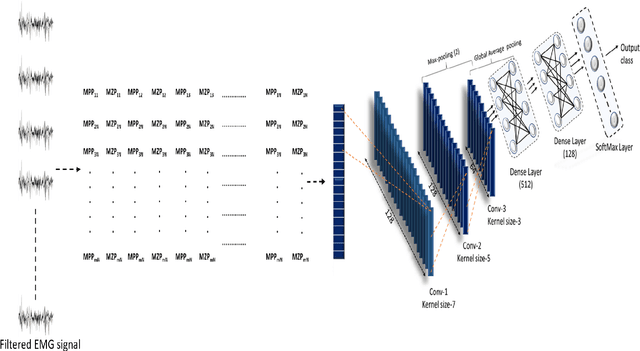

Abstract:In EMG based pattern recognition (EMG-PR), deep learning-based techniques have become more prominent for their self-regulating capability to extract discriminant features from large data-sets. Moreover, the performance of traditional machine learning-based methods show limitation to categorize over a certain number of classes and degrades over a period of time. In this paper, an accurate, robust, and fast convolutional neural network-based framework for EMG pattern identification is presented. To assess the performance of the proposed system, five publicly available and benchmark data-sets of upper limb activities were used. This data-set contains 49 to 52 upper limb motions (NinaPro DB1, NinaPro DB2, and NinaPro DB3), Data with force variation, and data with arm position variation for intact and amputated subjects. The classification accuracies of 91.11% (53 classes), 89.45% (49 classes), 81.67% (49 classes of amputees), 95.67% (6 classes with force variation), and 99.11% (8 classes with arm position variation) have been observed during the testing and validation. The performance of the proposed system is compared with the state of art techniques in the literature. The findings demonstrate that classification accuracy and time complexity have improved significantly. Keras, TensorFlow's high-level API for constructing deep learning models, was used for signal pre-processing and deep-learning-based algorithms. The suggested method was run on an Intel 3.5GHz Core i7, 7th Gen CPU with 8GB DDR4 RAM.
 Add to Chrome
Add to Chrome Add to Firefox
Add to Firefox Add to Edge
Add to Edge